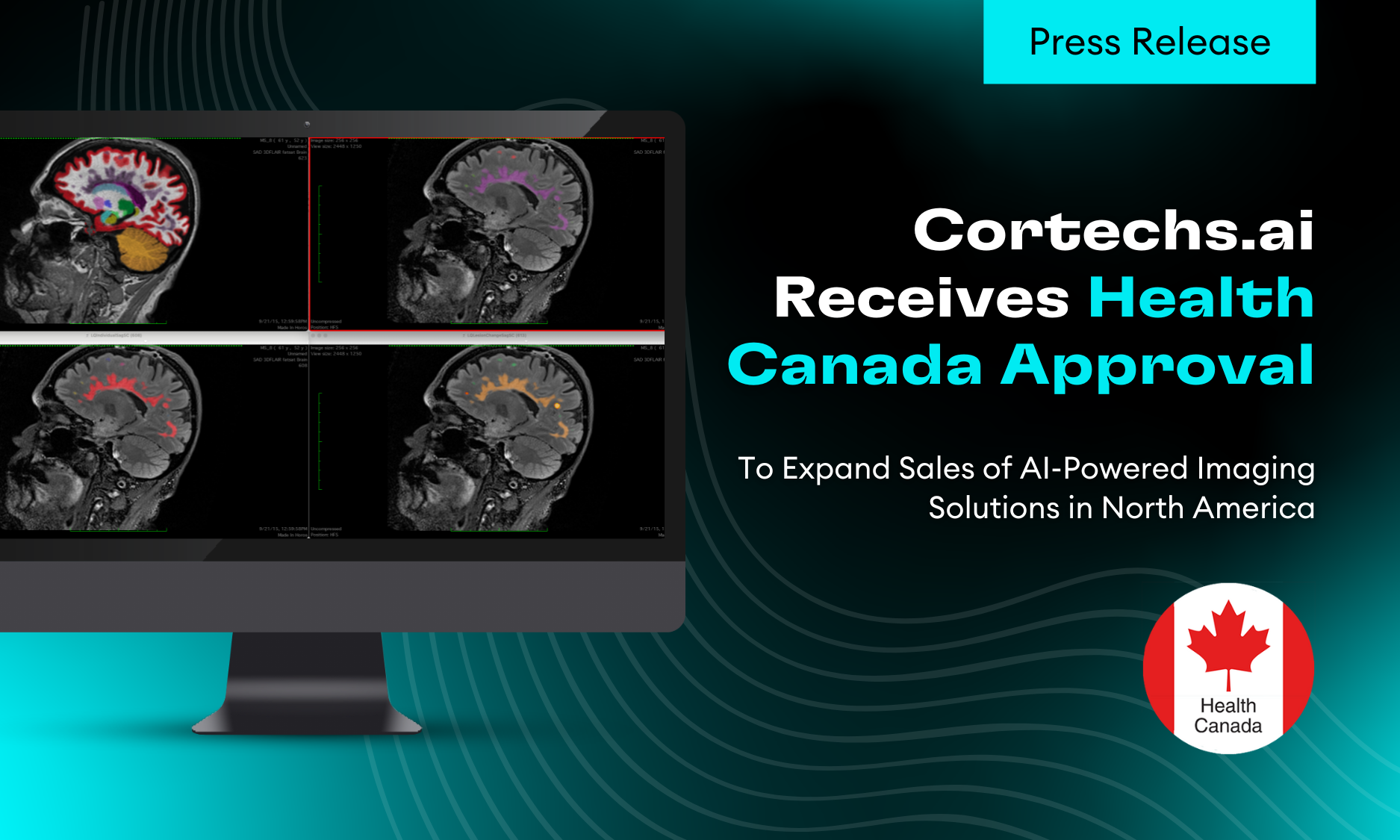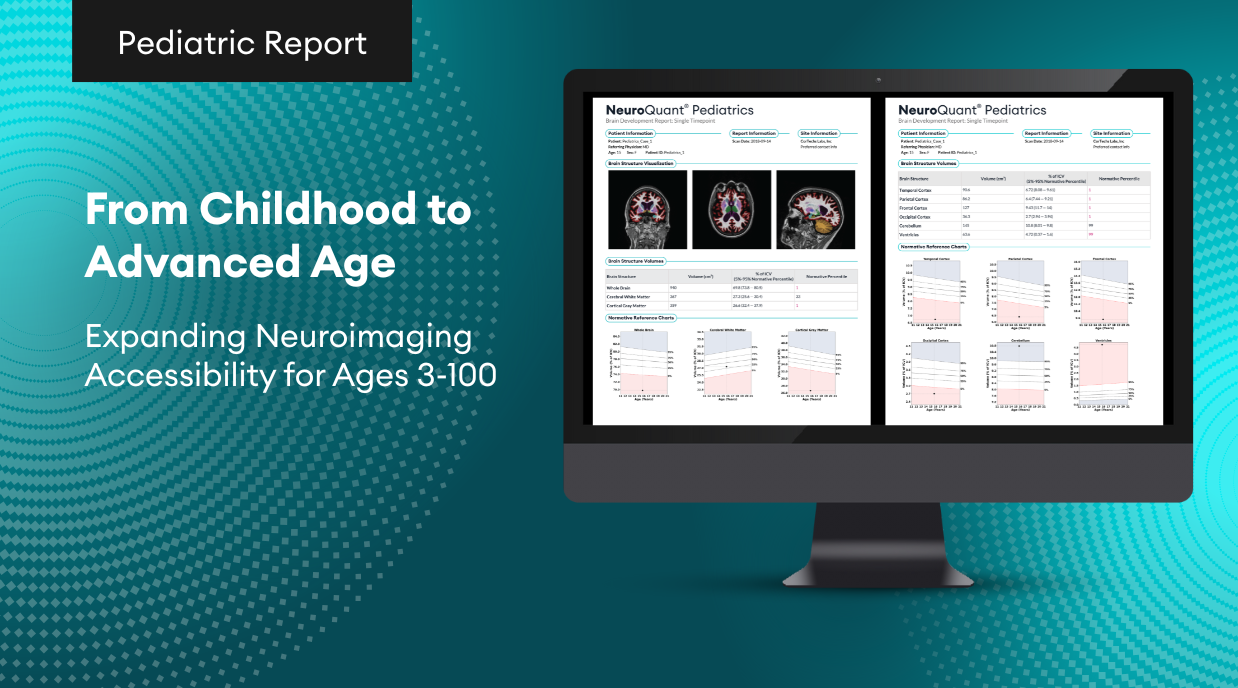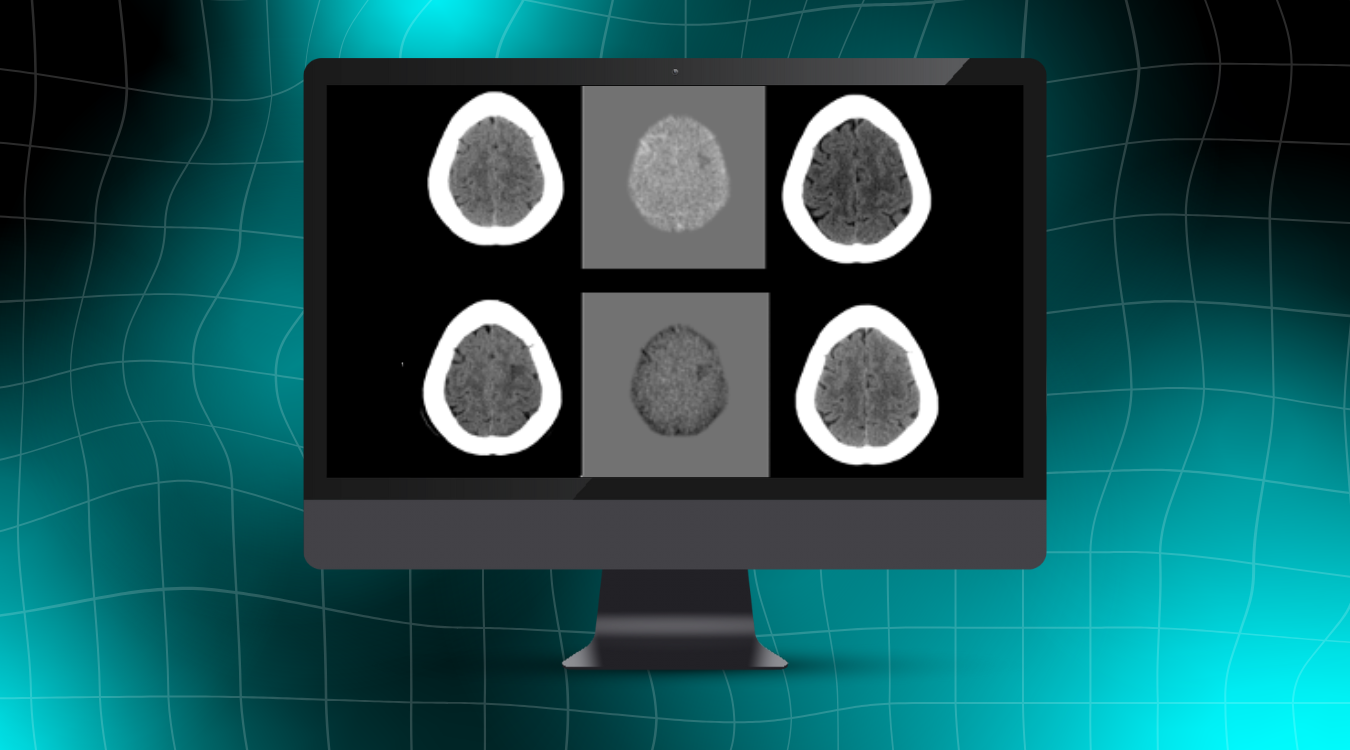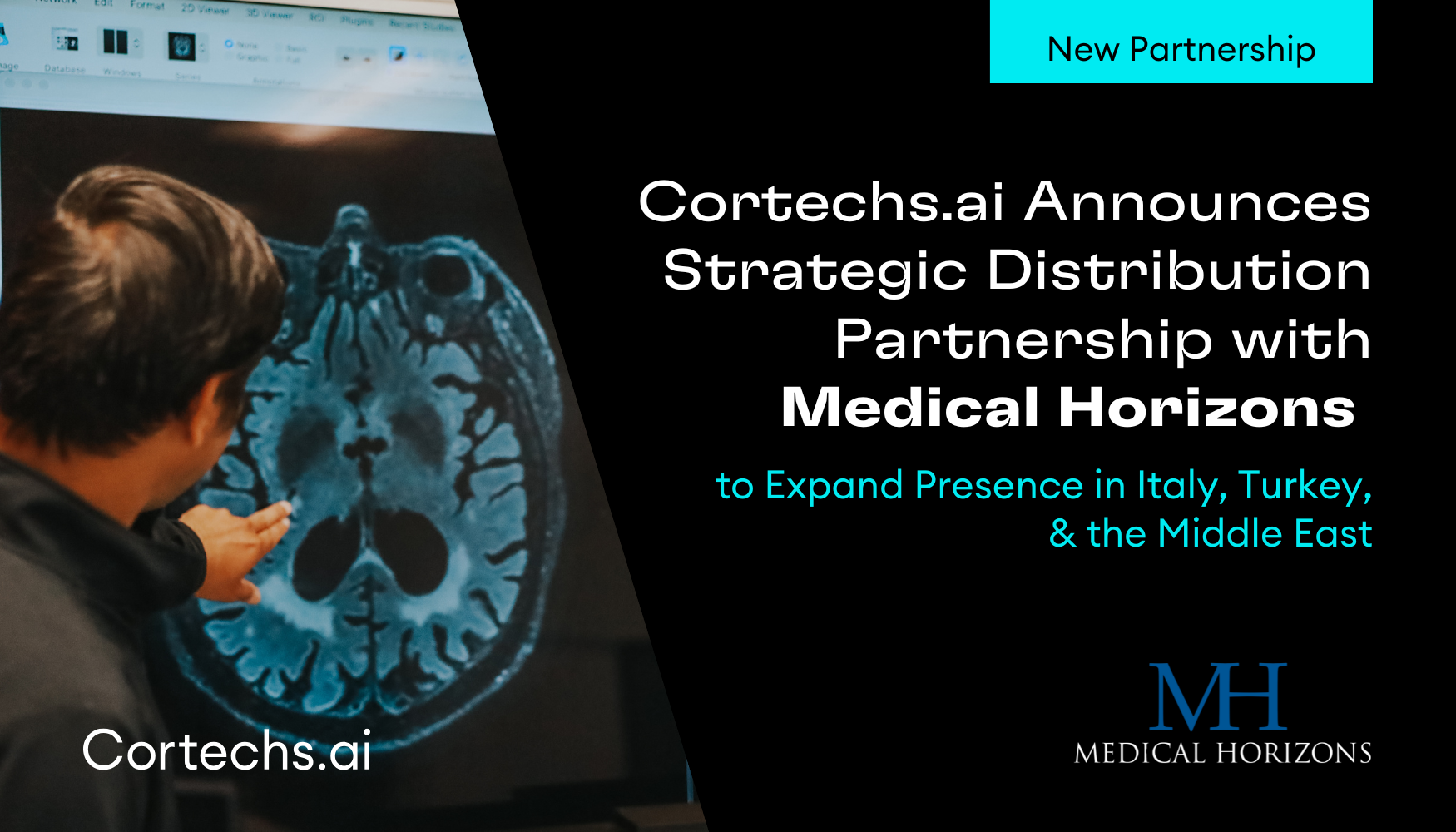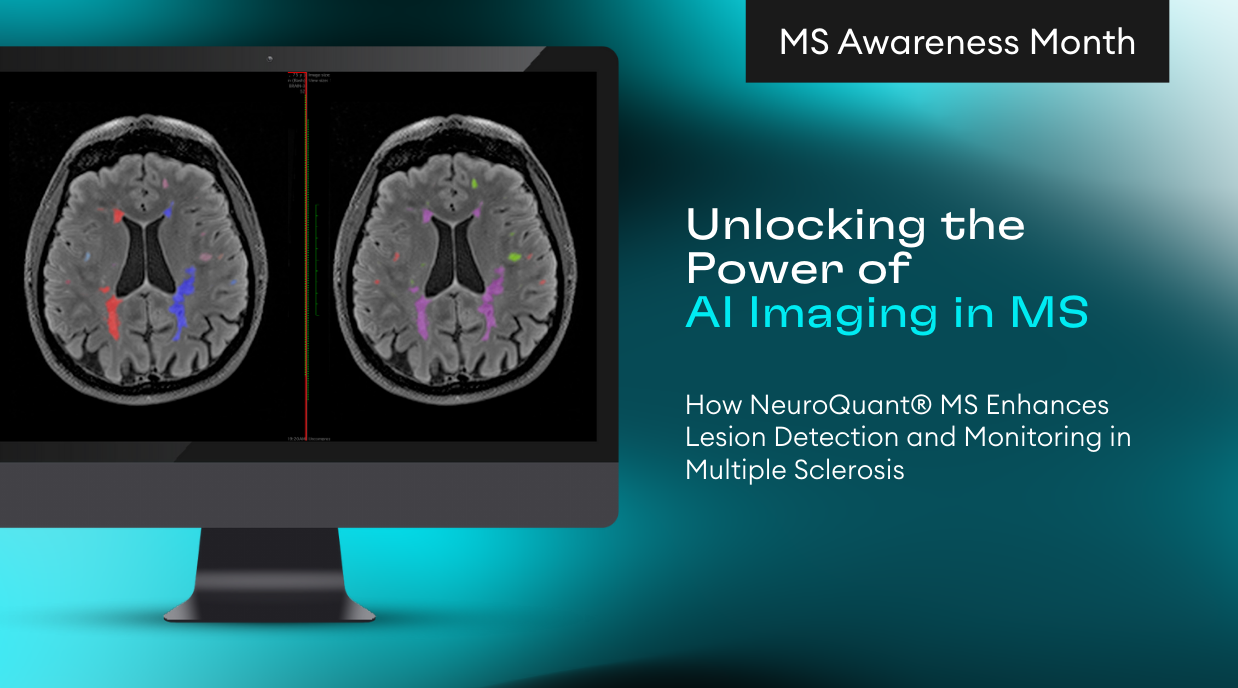From Childhood to Advanced Age: Expanding Neuroimaging Accessibility for Ages 3-100
Brain volumetrics play a pivotal role in understanding pediatric neurological development and disorders. By assessing brain region size and volume, clinicians and researchers can gain insights into brain maturation, identify deviations associated with neurological conditions, and monitor disease progression or therapeutic responses. NeuroQuant® is the only FDA-cleared software that automates the segmentation and volumetric analysis of brain MRI images for ages 3-100, providing precise data for clinical assessment.
Other neuroimaging tools are designed primarily for adult use, limiting their precision in pediatric assessments. NeuroQuant® fills this gap by offering a specialized approach for children, beginning at age 3, ensuring accurate evaluations of conditions and neurological disorders that manifest early in life. By covering a wider age spectrum, NeuroQuant® enhances patient stratification, providing tailored insights for research, clinical trials, and longitudinal studies where precise age-specific data is crucial for understanding disease progression and treatment efficacy.
Comprehensive Coverage Across the Lifespan
NeuroQuant® offers a significantly broader age range than competitors, covering individuals from ages 3 to 100. This ensures access to critical neuroimaging insights across both pediatric and adult populations, including groups often overlooked by other platforms. Unlike many competitors that limit their services to individuals starting at age 6 or even 18, NeuroQuant® provides data as early as age 3. This early coverage is essential for detecting and monitoring developmental and neurological conditions at a stage when early intervention can make a significant difference in a child’s long-term health outcomes.
By extending coverage up to age 100, NeuroQuant® enables continuous monitoring across the lifespan. This is particularly valuable for tracking neurodevelopmental changes, aging-related conditions, and neurodegenerative diseases, ensuring seamless care throughout a patient’s life. Clinicians can accurately track brain volume changes at different life stages, enhancing early diagnosis and treatment planning. The ability to analyze rare conditions in both younger and older patients further strengthens its clinical utility.
Validated Research and Clinical Applications in Pediatric Imaging
NeuroQuant® enhances clinical confidence and consistency in pediatric imaging, providing measurable insights at a developmental stage when early detection can significantly influence lifelong outcomes. Published studies have shown its utility in real-world settings, supporting objective assessment, improving diagnostic performance, and enriching the interpretation of complex pediatric conditions.
In a case report examining the long-term effects of severe traumatic brain injury (TBI) in a young child, NeuroQuant® provided critical insights into chronic-stage pathology. The authors noted that “when AI-driven MRI findings are integrated into the assessment of a child who has sustained a severe TBI, it can reveal objective evidence of the extent of related chronic stage pathological brain sequelae.”¹ Volumetric data revealed structural sequelae such as encephalomalacia and focal/diffuse atrophy, helping clinicians better understand neuropsychological impacts and the extent of recovery.
Another study evaluated the use of automated brain MRI volumetry for diagnosing hippocampal sclerosis (HS) in 22 pediatric patients of various ages. NeuroQuant® showed superior performance (sensitivity, 81.8%; specificity, 95.5%) compared to one of two inexperienced readers (sensitivity, 81.8%; specificity, 47.7%). When the automated tool was used in combination with the inexperienced reader, performance improved significantly (sensitivity, 86.4%; specificity, 84.1%).² The authors concluded that “a fully automated volumetric brain MRI tool can aid in the diagnosis of pediatric HS, especially for an inexperienced reader.”
In an evaluation of neonatal hypoxic-ischemic brain injury (HIBI), NeuroQuant® was used to detect intracranial volume reductions and regional brain atrophy across injury subtypes. The study highlighted that “the available NeuroQuant® age-matched atlases allow for the categorisation of the percentile rankings of study participants,”³ providing a valuable benchmark for assessing the degree of injury compared to peers. The authors emphasized that this quantification offers a “useful correlation with clinical parameters” and predicted that AI-driven neuroquantification will become a “daily radiology practice in many fields of medicine.”
Conclusion
NeuroQuant® is an invaluable tool for hospitals, medical centers, and research institutions that serve both pediatric and geriatric populations. Its ability to provide equal assessment accuracy across all age groups ensures high-quality neuroimaging analysis, reinforcing its role as a leader in brain volumetric assessment. By facilitating early detection, lifelong monitoring, and comprehensive clinical insights, NeuroQuant® is optimizing neuroimaging and improving patient care across the lifespan.
References
- Jantz PB, Bigler ED. A case of severe TBI: Recovery? Appl Neuropsychol Child. Published online 2025. doi:10.1080/21622965.2025.2455115
- Lee SB, Cho YJ, Jeon K, et al. Diagnosis of hippocampal sclerosis in children: Comparison of automated brain MRI volumetry and readers of varying experience. AJR Am J Roentgenol. 2021;217(1). doi:10.2214/AJR.20.23990
- Misser SK, Mchunu N, Lotz JW, et al. Neuroquantification enhances the radiological evaluation of term neonatal hypoxic-ischaemic cerebral injuries. SA J Radiol. 2023;27(1):2728. doi:10.4102/sajr.v27i1.2728
